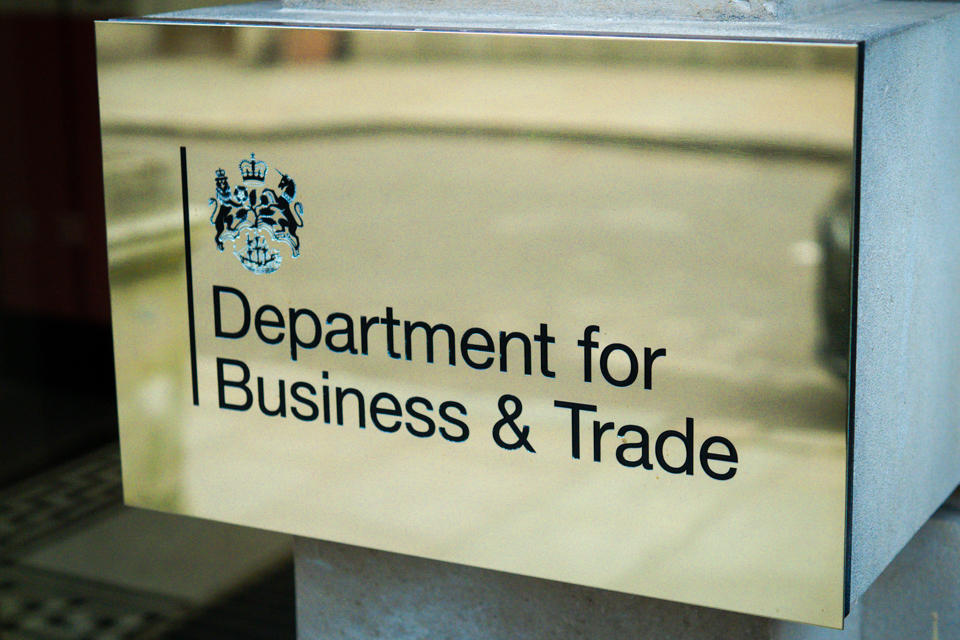The results were published on Wednesday (18 February), showing that 91% of employees believe their company is high performing compared to half (51%) of their leaders.
The survey results also reveal that business leaders and employees define high performance differently. Leaders define high performance as ‘operational excellence’ and a ‘fast-moving environment’. Employees define it as having a ‘highly skilled team’ and ‘financial success’.
Business leaders need to understand how a lack of a shared vision within the workplace can have an impact on overall performance, according to Anton Roe, MHR’s CEO.
He told HR magazine: “Skills, communication, and stable leadership aren’t being prioritised by business leaders. This has the potential to impact how much employees want to perform for the business.
“To close this great performance divide, business leaders need to understand how the lack of a shared vision between the organisation and its employees is impacting overall performance, and value HR’s role in bridging this gap with the workforce.”
There are a number of ways that HR professionals can help close this perception gap, according to Angela O’Connor, CEO of HR consultancy firm, HR Lounge.
Speaking to HR magazine, she said: “There needs to be real clarity about what ‘great’ looks like. Regular discussions should take place, which HR can facilitate, about what high performance looks like for everyone. This shouldn’t be just a top-down conversation.”
Read more: How to build sustainably high-performing teams
Mike Williams, chief HR officer of food services for the hospitality business KellyDelli, agreed that ensuring what great looks like to the whole team is a key step towards closing the perception gap.
He told HR magazine: “Shouting about and celebrating when the organisation, its teams or individuals are considered to be high-performing and have delivered a great result can communicate to others what it looks like in a positive way.
“Asking teams and individuals to nominate people for high performance in a recognition scheme is a good way to keep leaders in touch with the great work that happens when they aren’t looking or noticing.”
MHR’s survey also showed that two thirds (66%) of employees felt confident that their organisation will be high-performing this year, compared to just 41% of business leaders.
HR professionals can implement a communications strategy to help boost confidence and bridge the perception gap, according to Sean Nolan, CEO of software company Blink.
He told HR magazine: “One of the biggest reasons for this divide is the traditional reliance on top-down communications.
“An effective communications strategy flips the old-school script: instead of one-way broadcasts, it fosters two-way dialogue where employees can help to co-create the definition of success. Highly interactive employee apps can be a game changer, ensuring that feedback flows both ways.”
There are many reasons as to why there is a divide in how leaders and employees view high performance, according to leadership performance coach, Lara Milward.
These include mismatched expectations between leaders and their employees. Leaders are often focused on the bigger picture such as strategic goals, profits and numbers, whereas employees can be more focused more on day-to-day tasks.
Read more: UK business leaders optimistic despite recession fears
Speaking to HR magazine, Milward advised leaders to “make sure that employees see how their work ties into the bigger picture. It’s not just about explaining strategy, it’s about showing how each role contributes to the company’s success. When employees feel like they’re part of something bigger than just clocking out at 5:30pm, it bridges the gap between perception and reality.”
Another way organisations can close this divide is to make sure that leaders are taking the time to understand and get to know the people they support, according to David Cooper, chief people officer of private healthcare provider, Circle Health Group.
He told HR magazine: “Take time as a leader to understand the people you support. You’ll find that their perception of the organisation can be extremely useful.
“Closing the perception gap is as much about listening as it is instructing. Sharing what’s important to you as a leader with the people you expect to deliver it is essential to avoid ambiguity.”
MHR commissioned Censuswide to conduct its survey, which had a sample of 1,502 respondents who work in finance, HR or payroll departments. Among those, 150 respondents are CFOs, CIOs or CHROs, in private or public sector organisations across the UK and the Republic or Ireland.














